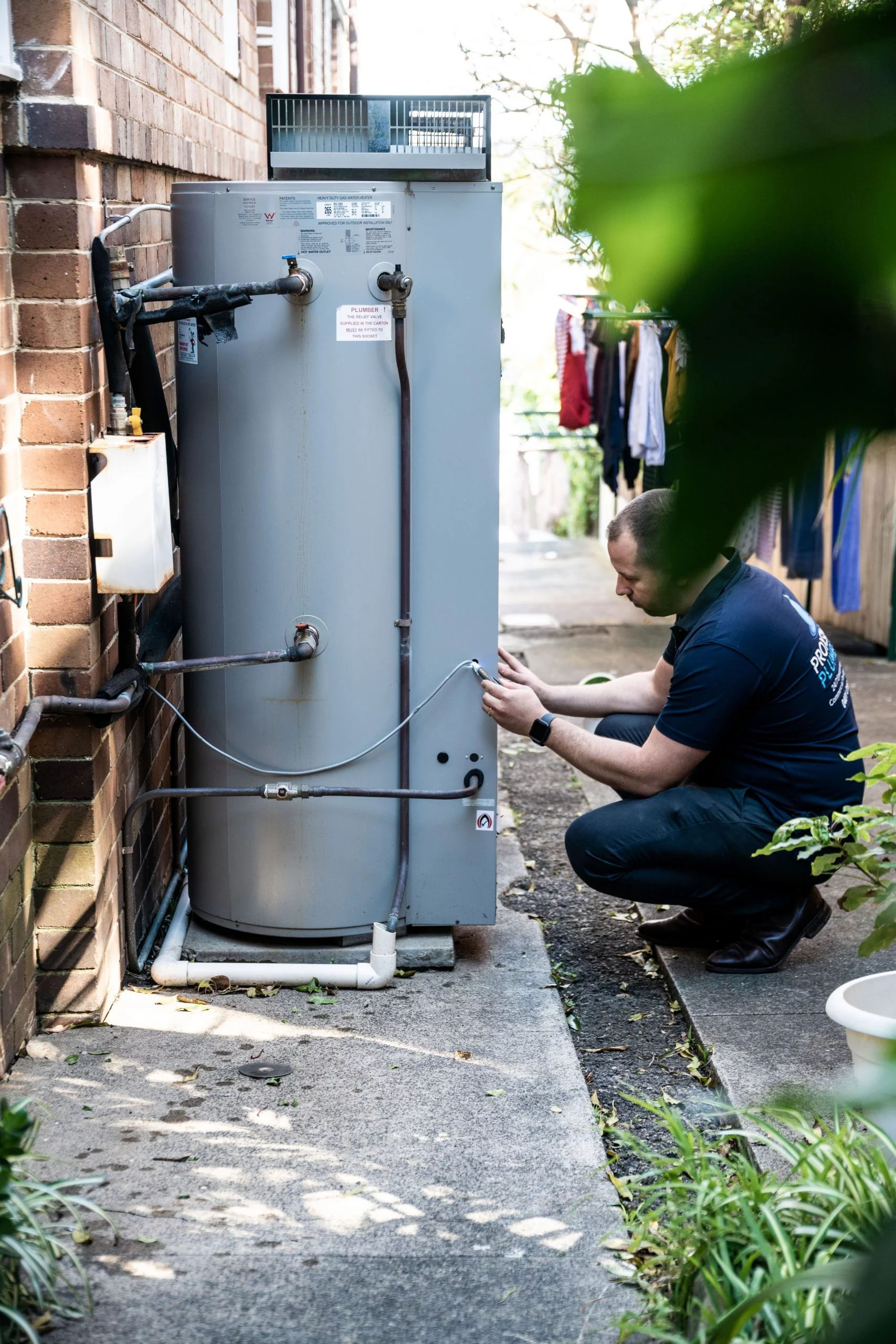The content underneath about Tips on Maintaining a Water Heater is extremely enjoyable. Give it a go and make your own findings.

Hot water is vital for day-to-day convenience, whether it's for a revitalizing shower or cleaning meals. To guarantee your warm water system runs successfully and lasts much longer, regular upkeep is vital. This write-up gives practical pointers and understandings on just how to maintain your home's hot water system to stay clear of disturbances and expensive repair services.
Introduction
Keeping your home's warm water system may seem difficult, yet with a couple of easy actions, you can guarantee it operates smoothly for many years to come. This guide covers every little thing from comprehending your hot water system to do it yourself upkeep suggestions and knowing when to call specialist assistance.
Significance of Maintaining Your Warm Water System
Routine maintenance not just prolongs the life-span of your warm water system however also guarantees it runs successfully. Overlooking maintenance can bring about reduced efficiency, greater energy costs, and also premature failing of the system.
Indications Your Warm Water System Requirements Maintenance
Recognizing when your hot water system requires interest can prevent significant issues. Keep an eye out for signs such as irregular water temperature, weird noises from the heating system, or rustic water.
Understanding Your Hot Water System
Prior to diving into upkeep tasks, it's handy to comprehend the basic elements of your hot water system. Normally, this includes the hot water heater itself, pipes, anode rods, and temperature level controls.
Regular Monthly Upkeep Tasks
Regular regular monthly checks can help catch small issues prior to they escalate.
Purging the Water Heater
Flushing your hot water heater removes debris buildup, enhancing performance and prolonging its life.
Monitoring and Replacing Anode Rods
Anode rods avoid deterioration inside the storage tank. Inspecting and changing them when worn out is critical.
Examining and Readjusting Temperature Setups
Adjusting the temperature setups ensures ideal efficiency and safety.
DIY Tips for Upkeep
You can execute a number of upkeep tasks on your own to maintain your hot water system in leading condition.
Looking for Leakages
Frequently evaluate pipes and links for leaks, as these can cause water damages and higher costs.
Testing Stress Alleviation Valves
Testing the pressure relief valve guarantees it operates correctly and avoids extreme stress build-up.
Shielding Pipes
Protecting warm water pipelines decreases warm loss and can conserve power.
When to Call a Professional
While do it yourself upkeep is advantageous, some issues need specialist knowledge.
Complicated Problems Calling For Specialist Aid
Instances consist of significant leakages, electric problems, or if your water heater is consistently underperforming.
Routine Professional Upkeep Conveniences
Specialist maintenance can include extensive examinations, tune-ups, and ensuring conformity with safety criteria.
Verdict
Regular maintenance of your home's hot water system is important for efficiency, long life, and price financial savings. By complying with these ideas and knowing when to seek professional assistance, you can make sure a trustworthy supply of warm water without unanticipated disturbances.
Water Heater Maintenance Tips
Test the TPR Valve
Shut off the power and the cold-water supply valve. Place a bucket under the pipe connected to the temperature-pressure-release (TPR) valve on the top or side of the tank. (This valve opens if the tank pressure gets too high.) Lift the valve’s tab to let some water out, then let go. If water keeps flowing, drain the tank partway, unscrew the old valve with a pipe wrench, and install a new one. Check the Anode Rod
Put a hose to the tank’s drain cock and let out a few gallons of water. Now fit a 1 1/16-inch socket onto the rod’s hex head on top of the heater (or under its top plate) and unscrew the rod. If it’s less than ½ inch thick or coated with calcium, buy a new one, wrap its threads with Teflon tape, put it back in the tank, and tighten securely. Use this segmented rod if headroom above the tank is limited. Drain the Tank and Wash Out Sediment
Drain the remaining water in the tank into the bucket, then stir up the sediment on the tank’s bottom by briefly opening the cold-water supply valve. Drain and repeat until clean water comes out of the hose. Close the drain cock, refill the tank, and turn its power back on. Adjust the Temperature
Find the temperature dial on the side of the tank and unscrew its cover. Adjust the dial to 120 degrees using a flathead screwdriver. For every 10 degrees the temperature is lowered, you can expect to save up to 5 percent in energy costs. Turn the water heater off or the thermostat down to its lowest setting if you plan to be away from home for more than three days. Insulate the Pipes
Buy some self-sticking 3/8-inch-thick foam pipe insulation that matches the pipes’ diameter. Slide the foam over the hot-and cold-water pipes as far as you can reach. Insulating the cold-water pipe prevents condensation in summer. Peel the tape and squeeze the insulation closed. If the pipe is 6 inches or less from the flue, cover it with 1-inch-thick unfaced fiberglass pipe wrap. https://www.thisoldhouse.com/plumbing/21016402/how-to-maintain-a-water-heater

As a devoted person who reads about What Kind of Maintenance Do Water Heaters Need?, I assumed sharing that piece was a good thing. Sharing is good. One never knows, you could be helping someone out. Bless you for your time. Don't hesitate to come visit our website back soon.
Estimate Free